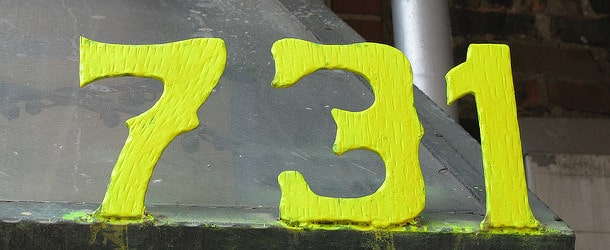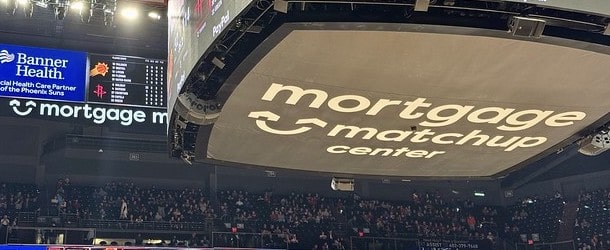
The Department of Veterans Affairs (VA) has proposed a new loss mitigation method to help homeowners with VA loans in COVID-19 related forbearance get back on track.
The new program, known as the COVID-19 Veterans Assistance Partial Claim Payment program, or COVID-VAPCP for kind of shorter, somewhat mirrors existing programs offered by the FHA and USDA to pay forbearance back.
It would allow veteran borrowers to defer the repayment of missed mortgage payments for up to 60 months.
And the full repayment of any forborne payments wouldn’t be due in full for 120 months, or 10 years to provide veterans with a “soft landing.”
However, there would be interest charged, though at a very nominal 1% rate, which differs from the interest-free offerings at the FHA/USDA.
Additionally, the FHA/USDA both don’t require repayment until the loan is refinanced or otherwise paid-in-full.
While perhaps not as attractive, it has to do with the VA’s smaller guaranty percentage versus those other loan types.
Still, when compared to a standard loan modification, a veteran homeowner could stand to save thousands in interest and stay on track with respect to paying off their loan in full.
It should be noted that loan servicers would only consider this proposed partial claim option after evaluating “all loss-mitigation options for feasibility.”
How the COVID-VAPCP Works
- Any missed mortgage payments from CARES Act forbearance are set aside
- Monthly payments on this amount are deferred for up to 60 months (five years)
- The repayment period begins in years 6 through 10 if not otherwise paid off earlier
- Homeowners also have the option of repaying earlier, refinancing, or selling to satisfy the debt
This proposed program would allow a servicer to consider a partial claim option after all loss-mitigation options are evaluated, including repayment plans, special forbearances, and loan modifications.
Assuming those other options weren’t appropriate, the VA would act as a mortgage investor of last resort, thereby purchasing the amount of indebtedness necessary to bring the veteran’s guaranteed loan current.
This amount would then be secured as a lien against the property and the veteran would resume making regularly scheduled monthly mortgage payments to the servicer.
The homeowner would receive up to 60 months of repayment deferral for the delinquent amount, followed by a 60-month repayment window to the VA, with an interest rate fixed at 1%.
In other words, once their forbearance comes to an end, any missed payments would simply be set aside and no payments would be necessary for five years, at which point they’d have an additional five years to extinguish the debt.
Of course, chances are most homeowners would simply pay off the debt when they refinanced the mortgage or sold the property.
If you recall, the CARES Act provides mortgage forbearance for up to 180 days, with an additional period of up to 180 days permitted at the request of the borrower.
In total, homeowners could be looking at six months of missed payments, which can add up depending on the size of the loan.
The VA provided a hypothetical scenario where a borrower enters forbearance with 300 monthly payments remaining and an unpaid principal balance of $239,450.
Assuming a monthly payment of $1,587.83, they would owe $19,054 at the end of a 12-month forbearance period.
Clearly most Americans already suffering a financial setback wouldn’t be able to simply pay $20,000 out-of-pocket in one lump sum.
While a loan modification set at the same interest rate with a fresh 30-year loan term would actually result in a $26 decrease in monthly payment, $39,518 in additional interest would be paid over the life of the loan.
Conversely, a VA partial claim payment would require a monthly payment of $341.58 in years 6 through 10, but just $1,441 in additional interest over the life of the loan.
So for a veteran homeowner who actually keeps their loan and their home, the COVID-VAPCP is a much better option, assuming they can afford it.
COVID-VAPCP Requirements
- Must be a VA home loan
- Borrower must have been current or less than 30 days past due as of March 1st, 2020
- Only available to borrowers who occupy property as primary residence
- Partial claim amount cannot exceed 15% of unpaid principal balance
- Monthly payments on partial claim deferred for first 60 months
- Full repayment of partial claim due in 120 months
- Can pay off during deferment if amount is not less than what would be due for one full monthly payment
- Repayment in full required if title to the property transferred, loan refinanced, or underlying loan paid off
- Interest rate set at 1%
Read more: There Will Be a 3-Month Waiting Period to Get a Mortgage After Forbearance



